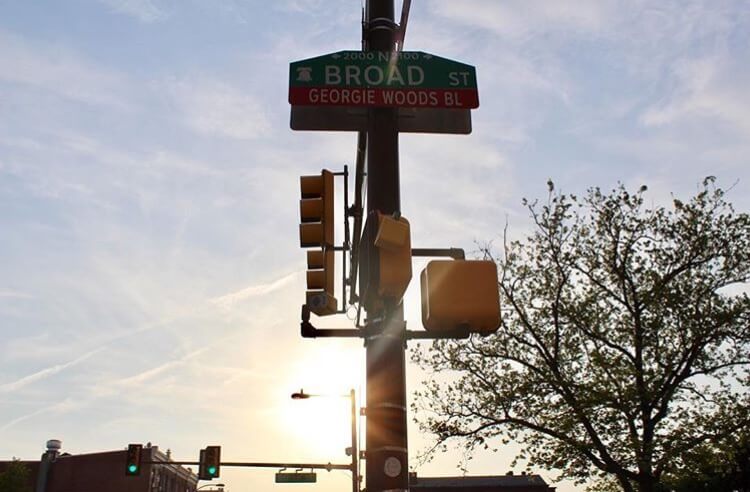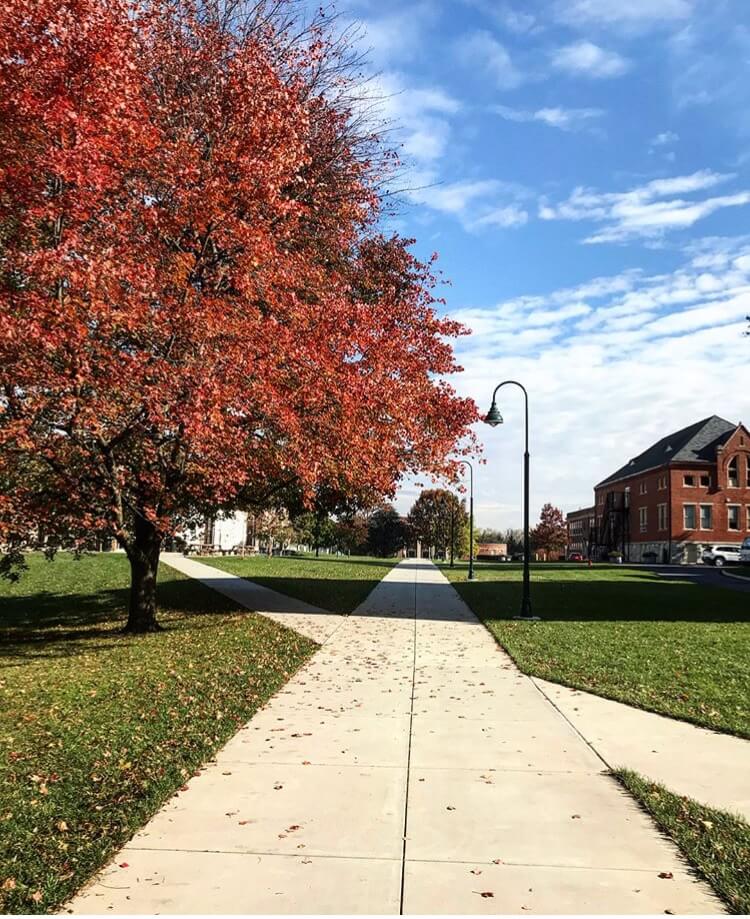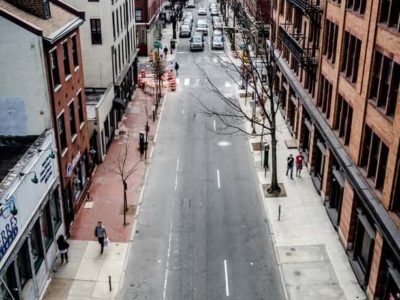I am the girl with a 3.5 GPA, who managed to snag a few internships and access into one of the most prestigious African-American sororities. I also happen to be the same girl that rides the 39 bus from her affluent university to her home in the heart of the most dangerous neighborhood in Philadelphia.

I grew up in the Northern section of Philadelphia, nicknamed “North Philly.” Geographically, locals know it as everything north of Vine Street. Like most neighborhoods, North Philadelphia remains highly racially and socially segregated block by block. I grew up in a predominately, lower-class black neighborhood. Despite the lack of social funding from the city, my neighborhood was drenched in love and prosperity.
In 2007, the increase of recreational drug dealing deemed North Philadelphia as the “Badlands.” Although several Philadelphia neighborhoods are known for this, my principality had been put on front-street. As crime increased, more and more locals began fleeing to other sections of the city. The plethora of abandoned houses and lots gave room to city development. Most of the development happened around Temple University.
The dilapidated houses that I would use to play jacks and wall-ball with became useless. The high-school that I attended sat behind Temple University’s lacrosse track, which served as a wall that separated the affluent university from the undeveloped community. Throughout the years, the three-story brownstones surrounding my school turned into “off-campus” housing. The local mom-and-pop breakfast shop began selling caramel macchiatos along with the bacon, egg and cheese sandwiches that would always make me late for school.
As a child, I appreciated the baggage that came with living in an urban environment. As a high-schooler, I loved being in the “up-and-coming” neighborhood. The new “North Philadelphia” offered me new luxuries that not available before. The freshly paved-sidewalks on the other side of Broad felt easier to walk on. The renovated houses served as perfect back-drops for after school photoshoots. My high-school experience expanded right along with Temple’s development.
I confused gentrification as a community clean-up effort. I judged the newly-built houses and fitness centers as building blocks to a better community. Ironically, the community sweep veiled the gentrification underneath. I began to notice that the heaps of trash that crawled from the sewer and the gang of winos only existed on my side of the neighborhood. The fancy eateries and coffee shops that lined the pristine streets existed on the other side of town to those who could afford it.
After spending 18 years in Philadelphia, I realized I had enough of the real urban life. The stark reality of racial oppression consumed the glamorized experience that Temple University offered just blocks away. I could not buy my way into the $5,000 a semester dorm rooms. I opted to go somewhere cheaper and safer. This led me to decide to attend a school two hours away from home in a township with a population of 200.
Shippensburg University managed to become my escape from home. The time had finally come for me to live out the college experience that my sisters always gawked about. The thought of attending college parties, living in a dorm and having unsupervised access enticed me so much that I failed to notice the lingering smell of cow manure and open-space.

But after several failed parties and the lack of student organizations, Shippensburg appeared as a township and not a university. As an aspiring fashion journalist, I realized that the pastures and dirt roads could not afford me the opportunities that I needed. It only took a year realize how much I missed the wail of police sirens and smell of bus exhaust. I packed up my 8×8 dorm room and got on the first bus to Philadelphia, leaving my country lifestyle behind me.
Expressing my thoughts on transferring to my parents had to be one of the hardest conversations in my mini-adult life so far. The systematic oppression prevented them from escaping their inherited poverty, which put more pressure on me to succeed. For them, only going away for college guaranteed success. Anything that involved me coming back to the city countered that.
But Temple offered me an experience that Shippensburg could not match. A large part of my return had been fueled by homesickness, but my soul also craved opportunity. My parents didn’t see the vast opportunities the university offered. Instead, they only saw the monstrous neighborhood that swallowed it.
In an attempt to prove to my family that transferring schools was a good idea, my college experience transformed. Returning back home meant that I could not make any mistakes. I spent my first semester of sophomore year traveling strictly from class to home. My time on campus comprised of swift coffee runs in between classes and last minute cram sessions.
During my second semester at Temple, I decided to immerse myself into the student culture. As I attempted to accumulate myself with my new institution, I realized that within my short time away, everything changed. The cascading row of houses that once stood like dominoes begun to collapse one by one. The girls that I played freeze-tag with had gained membership into the motherhood club. This change moved like a gigantic rolling tide with enough strength to wash away the abandoned homes, delis and community centers.
A bitter taste of reality formed in my mouth as I realized that my city no longer belonged to me. I could not recognize half of the new restaurants that stood before me. The culture of getting a soda for 50 cents had been replaced with sparkling water and Americanos. My utopia no longer existed. Instead, it had become an inhabitant of a new “urban oasis.”
The rules of survival in my community consists of avoiding neighborhoods that you did not grow up in, being able to call someone on their bluff and understanding the importance of community. Enrolling into Temple required a new rule book. Survival now meant pretending to enjoy an overpriced Americano for the sake of job opportunities.
Although I enjoy having three Starbucks within a two mile radius, I only see this as a change to the original culture. As my senior year draws to a close, my concern for the future of my neighborhood continues to rise. I fear that my next hiatus from “North Philly” will be my last.



















